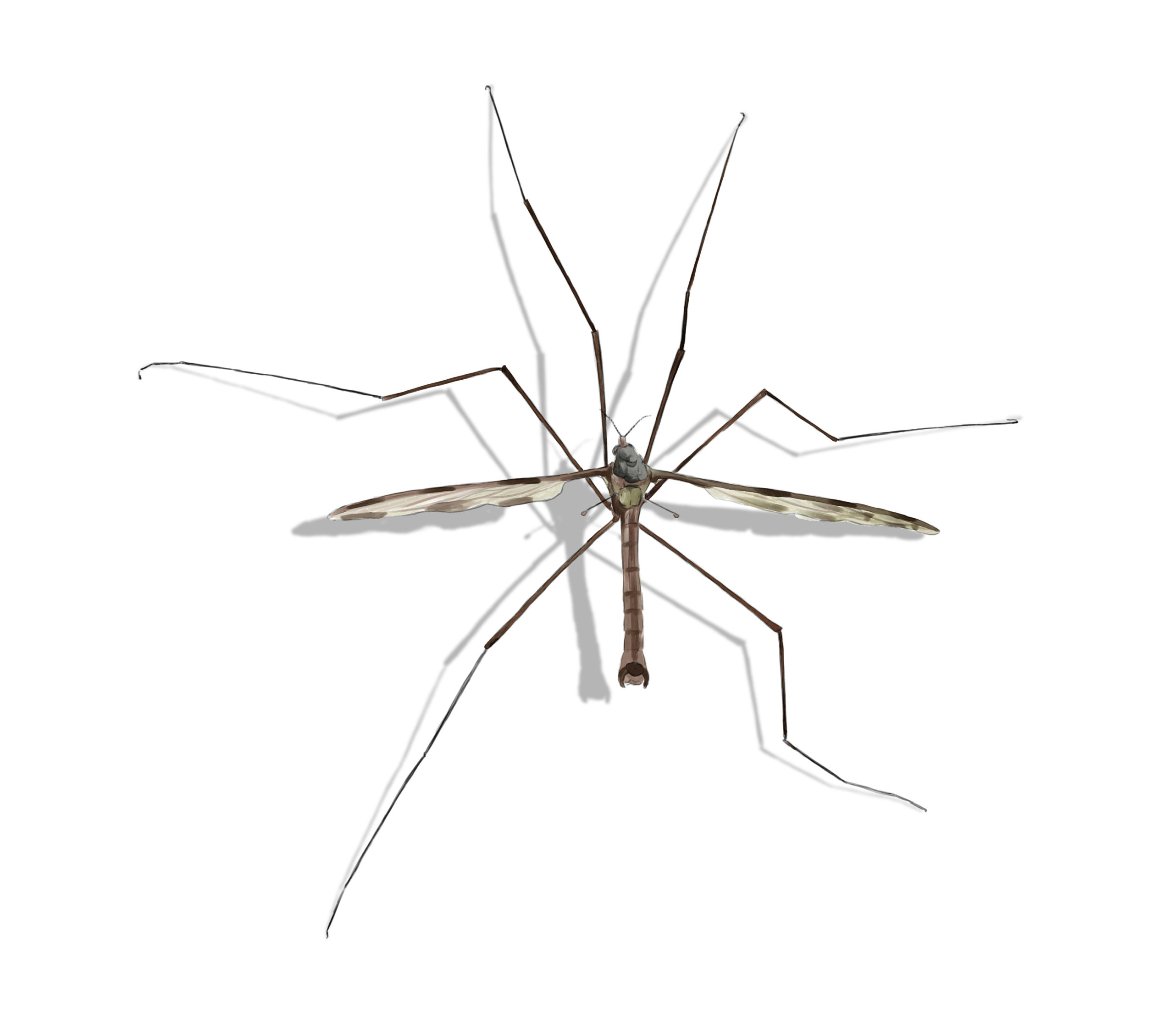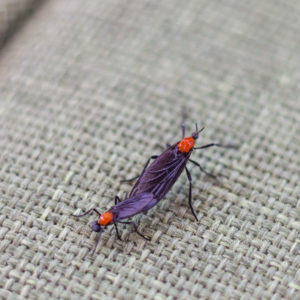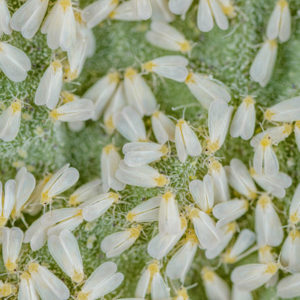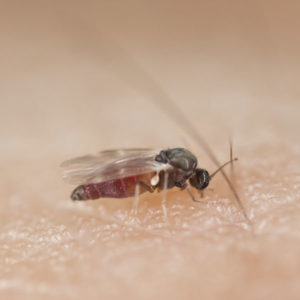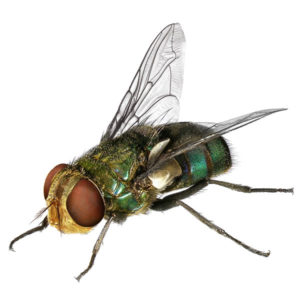Crane Flies in Anaheim
Crane flies are globally distributed, commonly found in temperate or tropical climates, and are frequently mistaken for mosquitoes due to their striking resemblance. Though their elongated bodies and slender legs make them appear like oversized versions of mosquitoes, crane flies do not bite or feed on humans. Despite being completely unrelated to mosquitoes, crane flies are sometimes called mosquito hawks or mosquito wasps. Crane flies are not harmful to humans, but their larvae can ruin lawns while feeding on grass roots and crowns.
Crane Fly Habitat
Crane flies are mainly found in lawns or damp soil near ponds and streams. Adult crane flies make their appearance in late summer and fall, emerging from the soil beneath turfgrass and other grassy areas. Female crane flies lay eggs, which then hatch into small, brown, wormlike larvae often referred to as “leatherjackets.” During the fall, these leatherjackets feed on the roots of clover and grass plants, and they spend the winter in the larval stage within the soil. Around mid-May, they transition into a nonfeeding pupal stage, remaining just below the soil’s surface. It’s not until late summer that the pupae make their way to the surface, where they transform into adult crane flies.
Crane Fly Behaviors, Threats, or Dangers
Adult crane flies are harmless to humans and do not transmit diseases. However, they can pose a problem when it comes to lawns and turf. Crane fly larvae, particularly on warm nights, feed on the crowns and blades of grass, which can result in damage to your lawn. This damage is typically most noticeable in March and April, manifesting as patches of dying turfgrass. If you find yourself contending with a crane fly issue on your property, it’s advisable to get in touch with your local exterminators for assistance.

